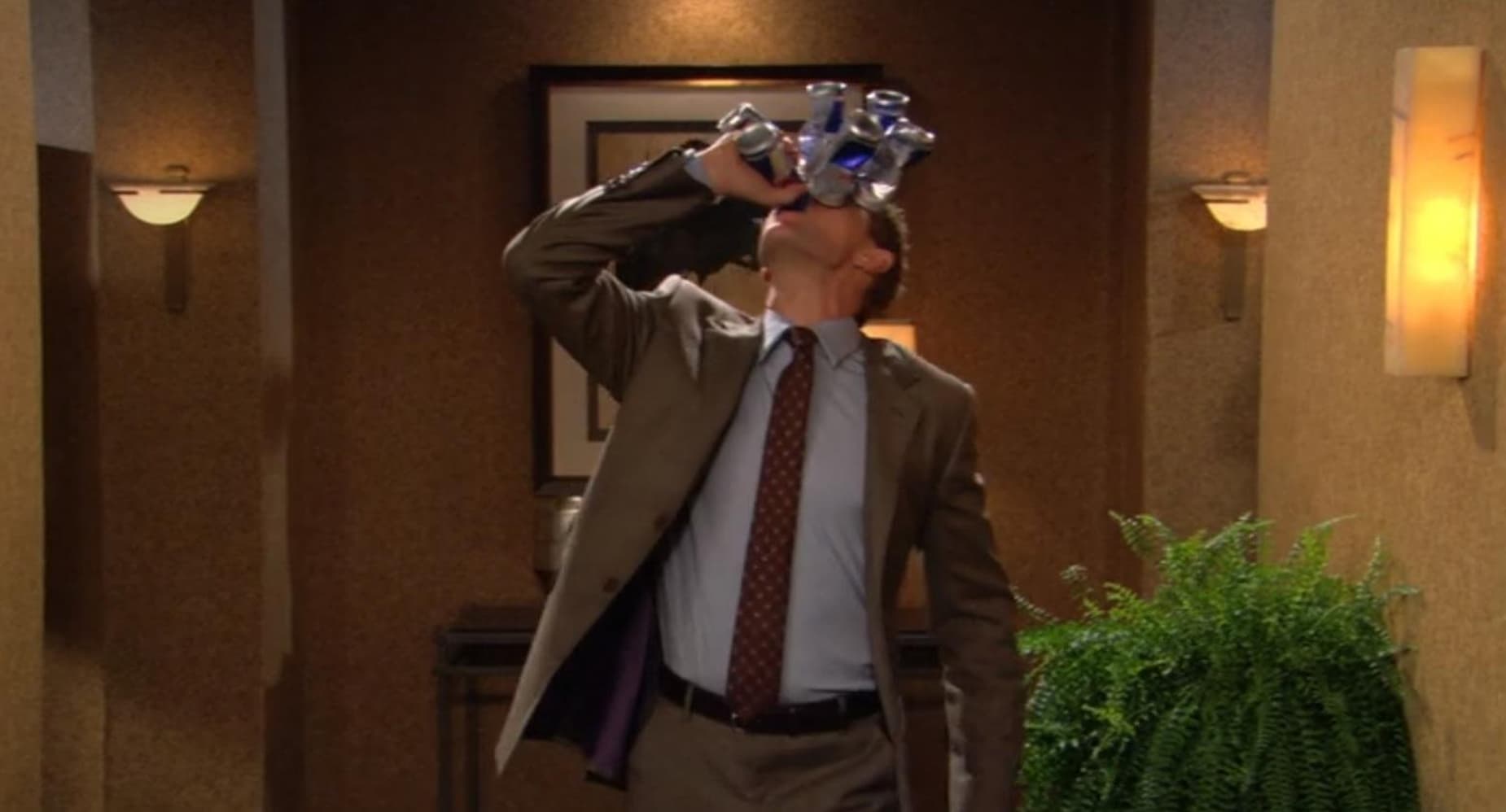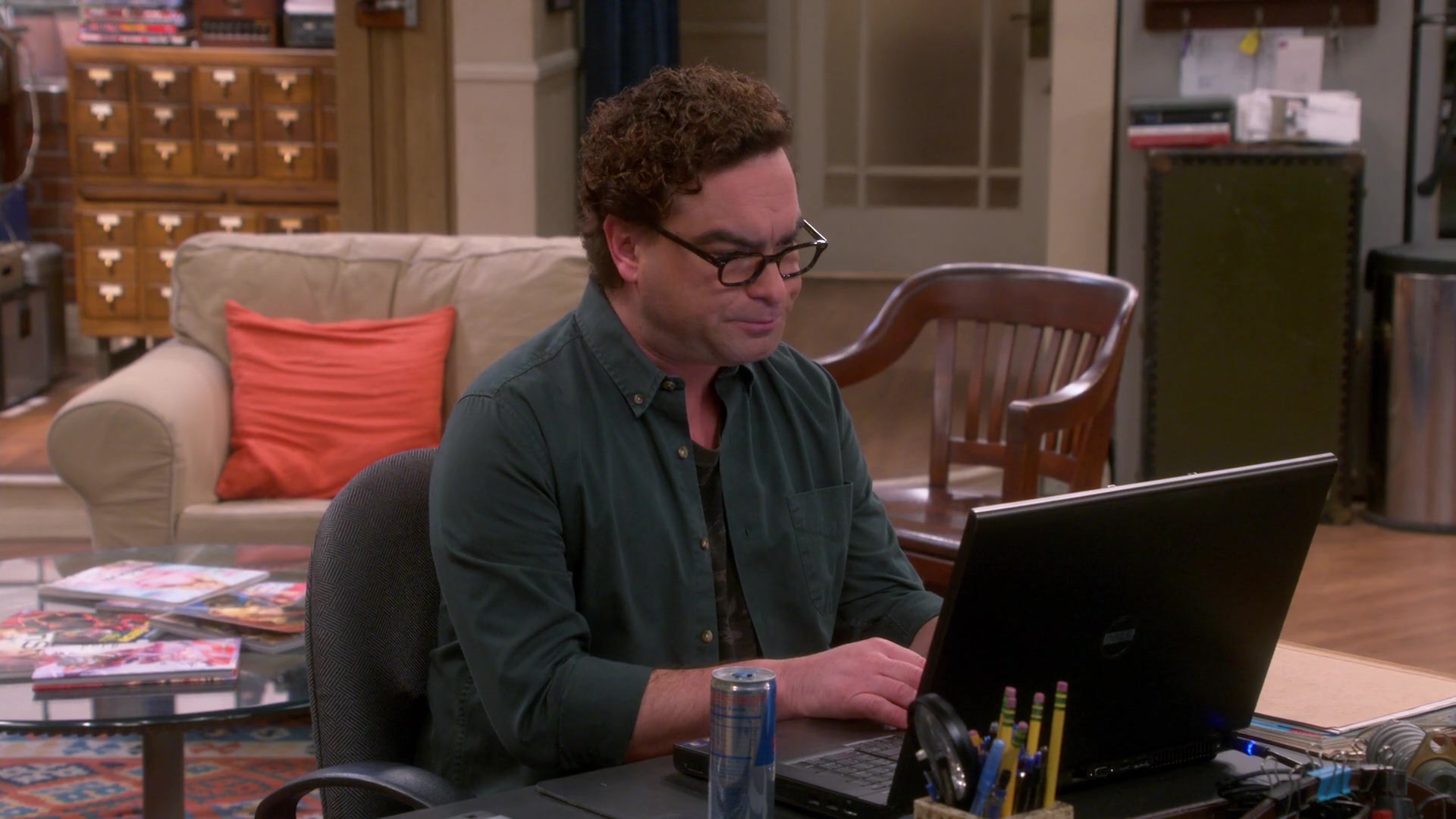Red Bull is a brand that is known for its frequent use of product placements in television shows and films. The company has a strong marketing strategy that involves partnerships with popular media properties in order to reach a wide and engaged audience. Red Bull often places its products in scenes that align with the high-energy and adventurous image of the brand, such as extreme sports events or music festivals. This strategy has helped to boost the brand’s visibility and credibility, as it is seen as being associated with exciting and dynamic content. As a result, Red Bull has become a popular choice for product placements in television shows and films that are targeting a young, active, and socially-conscious audience.
Best cases of Red Bull product placement in TV shows
Red Bull has had several successful product placements in popular television shows, including “The Office,” “How I Met Your Mother,” and “The Big Bang Theory.”
In “The Office,” Red Bull was featured in a scene where the character Dwight Schrute gives a can of Red Bull to his colleague Jim Halpert as a way of expressing his appreciation. This product placement was well-integrated into the storyline and helped to enhance the character’s personalities and relationships.
In “How I Met Your Mother,” Red Bull played a more central role in the plot, as the character Barney Stinson frequently used Red Bull as a way to stay energized and fueled for his various schemes and adventures. The use of Red Bull in this show helped to reinforce the character’s high-energy and fast-paced lifestyle.

In “The Big Bang Theory,” Red Bull was used as a running joke in several episodes, with the character Sheldon Cooper becoming addicted to the energy drink and using it as a way to stay awake and focused. This product placement was humorous and helped to add depth to the character’s quirks and habits.

Overall, these product placements in “The Office,” “How I Met Your Mother,” and “The Big Bang Theory” were successful because they were well-integrated into the storylines and character development, and because they aligned with the energetic and adventurous image of the Red Bull brand.
Worst cases of Red Bull product placement in TV shows
While Red Bull has had several successful product placements in television shows, the brand has also had some less effective placements in shows such as “The Bachelor,” “Jersey Shore,” and “Keeping Up with the Kardashians.”
In “The Bachelor,” Red Bull was featured in a scene where the bachelor and one of the contestants go on a date and consume Red Bull before going skydiving. This product placement was somewhat forced and did not add much to the storyline or character development.
In “Jersey Shore,” Red Bull was frequently consumed by the cast members and was often featured in party scenes. While this placement may have helped to enhance the show’s energetic and hedonistic atmosphere, it may not have been the best fit for the brand’s image or target audience.
In “Keeping Up with the Kardashians,” the brand was featured in a scene where the character Kris Jenner consumes a can of Red Bull in order to stay energized and focused on her business ventures. It also appeared in the scene where Kylie Jenner and Khloe Kardashian downed 10 tequila shots and applied their makeup together. These product placements were not the most effective in terms of aligning with the brand’s image or the show’s content and audience.

Overall, these product placements in “The Bachelor,” “Jersey Shore,” and “Keeping Up with the Kardashians” may have been less effective because they did not fit as well with the brand’s image or the show’s content and audience, or because they were somewhat forced or unnatural.
Analysis of the effectiveness of Red Bull’s product placements
The effectiveness of Red Bull’s product placements in television shows can depend on a number of factors, including how well the brand’s image and target audience align with the show’s content and audience, the subtlety or overtness of the product placements, and the impact on the viewer’s perception of the brand and the show.
When the brand’s image and target audience align with the show’s content and audience, the product placement is more likely to be effective. For example, Red Bull’s energetic and adventurous image is a good fit for shows that feature high-energy activities, such as extreme sports or high-stakes business ventures. On the other hand, if the show’s content or audience does not align with the brand’s image, the product placement may be less effective.
The subtlety or overtness of the product placements can also impact their effectiveness. Product placements that are too overt or forced may distract from the storyline or disrupt the viewing experience, while product placements that are too subtle may not be noticed by the audience. The best product placements are those that are well-integrated into the storylines and character development, and that are neither too subtle nor too overt.
Finally, the impact on the viewer’s perception of the brand and the show is an important consideration when evaluating the effectiveness of product placements. If the product placement enhances the viewer’s perception of the brand or the show, it is more likely to be effective. On the other hand, if the product placement detracts from the viewer’s perception of the brand or the show, it may not be as effective.
Conclusion
In conclusion, Red Bull has had both successful and unsuccessful product placements in various television shows. The brand’s successful placements have typically been those that are well-integrated into the storylines and character development, and that align with the show’s content and audience. Red Bull’s unsuccessful placements have often been those that are forced or unnatural, or that do not fit with the show’s content and audience. To maximize the effectiveness of its product placements, they should carefully consider the fit between the brand and the show’s content and audience, as well as the subtlety and overtness of the placements.
